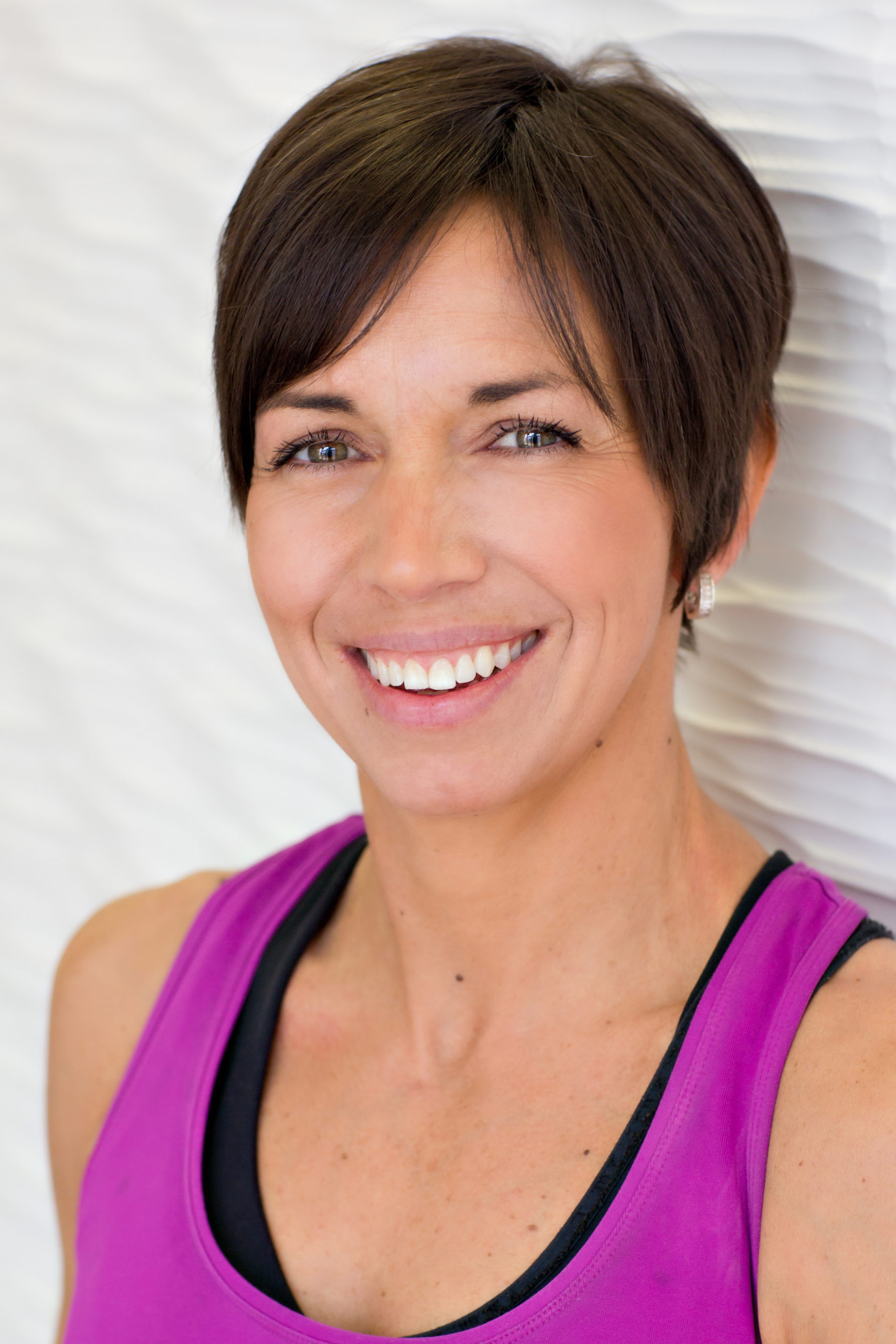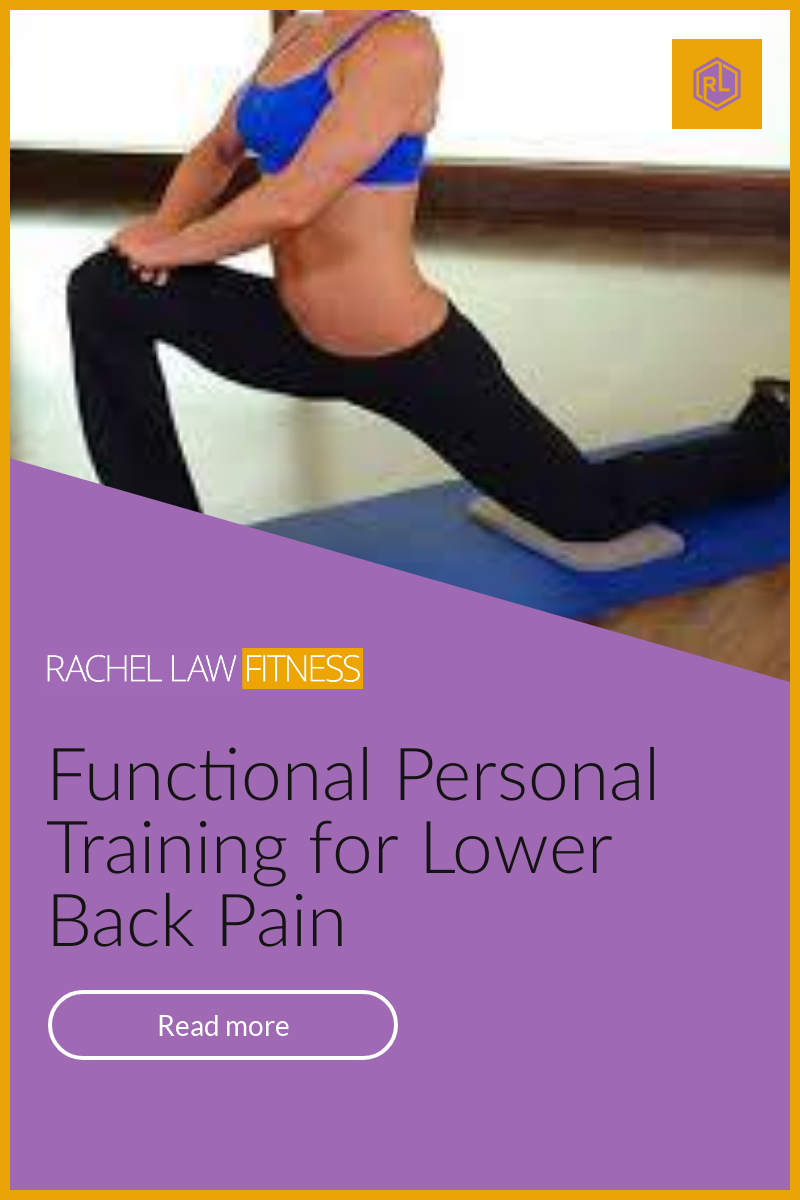Functional Personal Training is aimed at training the body to cope with everyday situations. It is possible to train your muscles to be fit for your chosen sport and yet still have pain or discomfort in some areas at home or at work. Here is an example.
Recently I have had two clients in my New Malden studio complain of lower backache. These ladies both have no history of lower back injury and both have active gluteal muscles. One is able to deadlift 60kg with good form.
I too suffer from the same issue from time to time. I have good core strength and am very active, but my back can still ache from time to time..
An aching back may not be due to your back at all. Tight or weak muscles in the hips and buttocks, or glutes, have a negative effect on your posture, resulting in back pain. So if you come to me for a Functional Personal Training session complaining of back ache, don’t be surprised if you find yourself working your legs, core and lower body all over.
The Glutes
The gluteal muscles are a group of three muscles which make up the buttocks: the gluteus maximus, gluteus medius and gluteus minimus. The three muscles originate from the ilium and sacrum and insert on the femur.
Gluteus Maximus
When we talk booty we’re usually referring to the gluteus maximus — it’s a huge powerhouse. It’s not only your most sizable gluteal muscle, but it’s also one of the biggest muscles in the human body. And, because it’s located close to the body’s surface, it’s responsible for the butt’s rounded shape and prominent appearance.
The gluteus maximus originates from the hip bone and tailbone, and connects to the femur (thigh bone) and iliotibial (IT) band. It’s main job is extension, but it also aids in lateral rotation: walking, sprinting, climbing stairs, ice skating.
Gluteus Medius
Located on the upper, outer section of your rear, the gluteus medius is tasked with abducting (lifting to the side) and rotating the leg. It also works to stabilise your pelvis while you walk or run.
Shaped like a fan, the gluteus medius originates at the hip bone and connects to the upper portion of the femur.
Gluteus Minimus
Like the gluteus medius, the gluteus minimus plays a role in stabilising the pelvis and rotating the leg. It’s the smallest of the three glute muscles, originating from the hip bone and connecting to the top of the femur.
Piriformis
The piriformis is considered a “deep” gluteal muscle. Located under the gluteus minimus and within close proximity of the sciatic nerve, the band-like piriformis originates at the sacrum and connects to the top of the femur. It also aids in lower-limb abduction when the hip is flexed and lateral rotation.
Why Are My Glutes Tight?
Tight glutes: in theory, we want them. We spend hours squatting and lunging to get a toned, pert butt
However, intense lower-body exercises can cause soreness in the gluteus maximus muscle. The issue is often in the piriformis muscle (located deep underneath the glute muscles), which helps to externally rotate the femur and aids in abduction when the hip is flexed (drawing the leg away from the body’s midline).
The glutes can become tight after
- sitting for long periods of time
- delayed muscle soreness after exercising
- poor posture
- poor form while exercising
- stress on the muscle from striding, jumping, or running
Hip Flexors and a Weak Core
Because the hip flexors and gluteal muscles are attached to the pelvis, shortened hip flexors can cause a tilted pelvis and low back pain when the muscles are out of balance.
Your hip flexors raise the thigh toward the abdomen. When they are tight, they pull the pelvis forward and cause an excessive arch in the lumbar spine. They also may take over some of the functions of the abdominal muscles, which weakens your core — the abdominal and spinal muscles. A weak core also increases the risk of back pain.
One exercise that has caused me lower back pain the following day is uphill sprints and lunging up a hill.Both these activities cause a shortening of the hip flexors which in their shortened position pull the pelvis forward.
A Balancing Act
Your muscles are in a constant tug-of-war, when one set extends a bone or limb, the opposing set flexes. An imbalance between the muscles results in one set that is too loose and another set that is too tight. Shortening a muscle for a long period of time, makes it tight.
Stretches
Rachel Law runs a Functional Personal Training practice in New Malden. To book an appointment or consultation you can contact Rachel here

Rachel Law is a personal fitness trainer based in New Malden, Surrey. Qualifications: ActivIQ Level 3 Personal Training; Burrell Education Pregnancy Exercise Prescription; Burrell Education Advanced Pregnancy Wellness Practitioner; Burrell Education Advanced Post Natal Exercise Prescription; Burrell Education 3rd Age Women Optimal Health and Nutrition; Burrell Education Peri Natal Athlete; Burrell Education Pelvic Flow and Freedom; Olympic Weight Lifting; Premier Global Kettlebells; FIE Level Assessment and Mentoring






